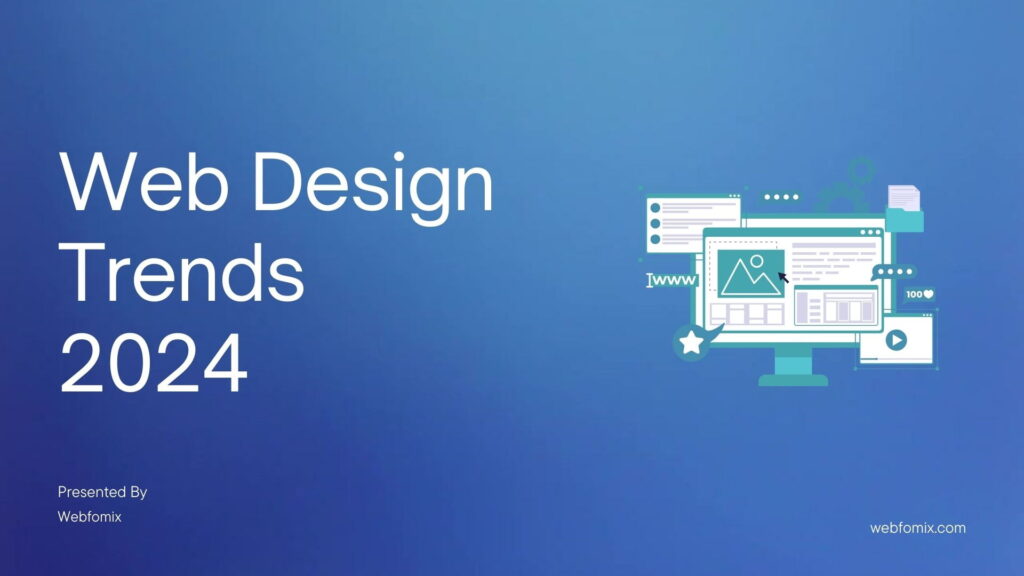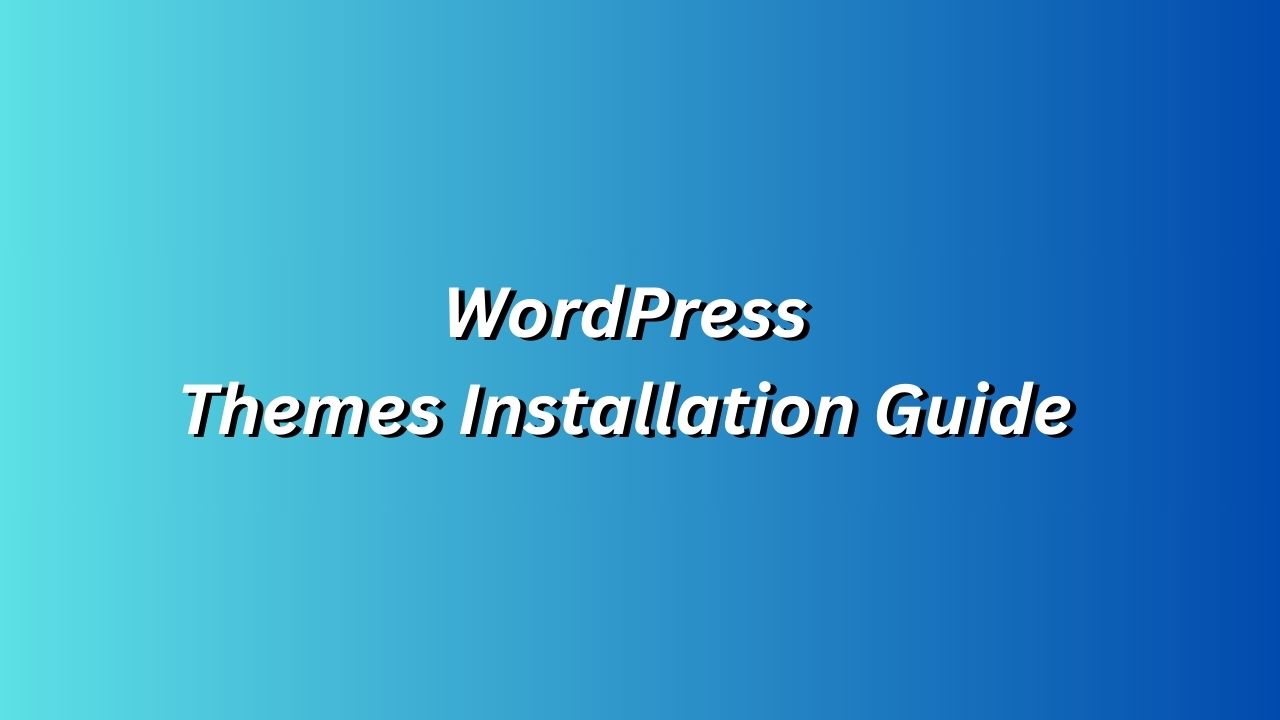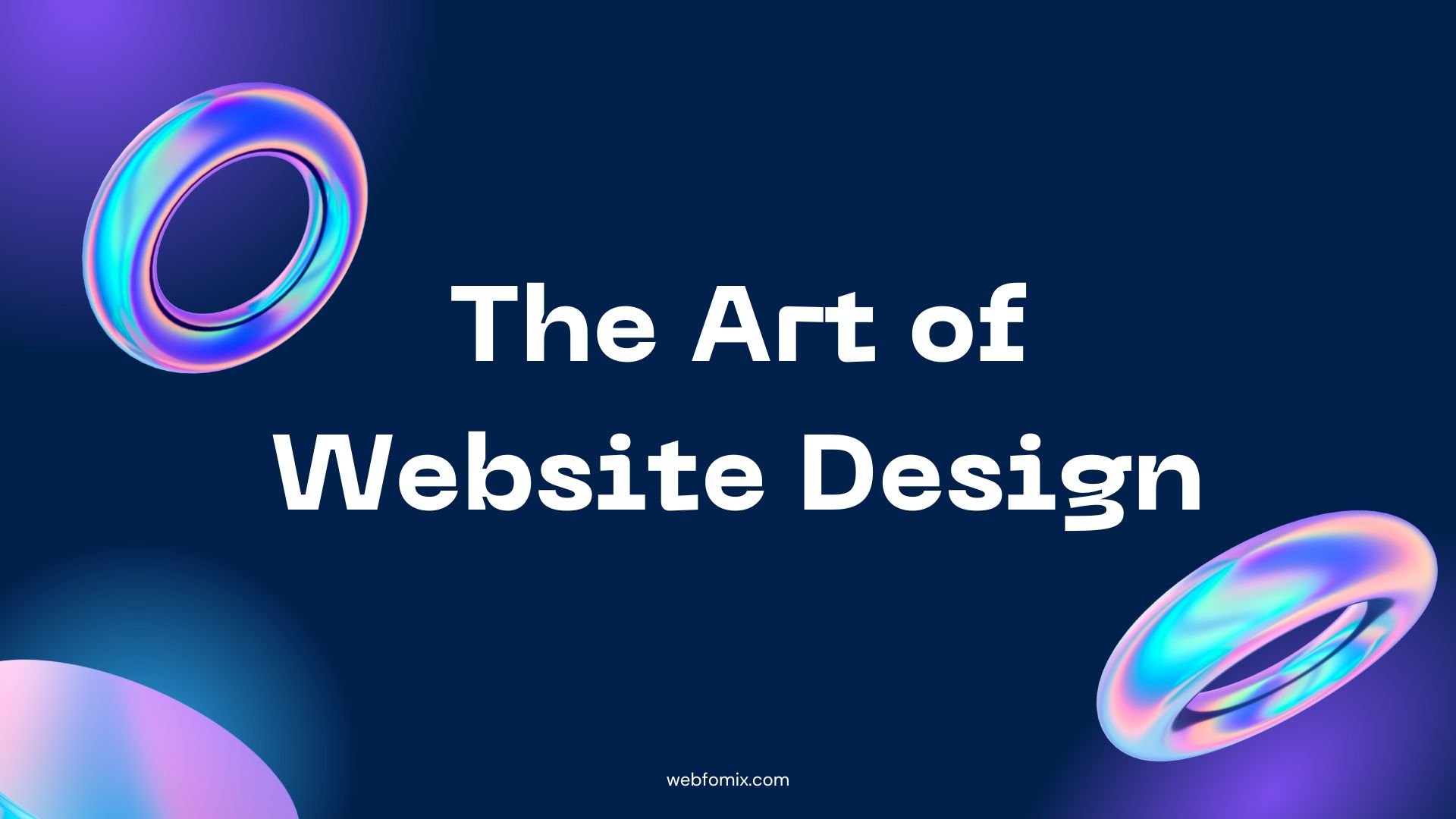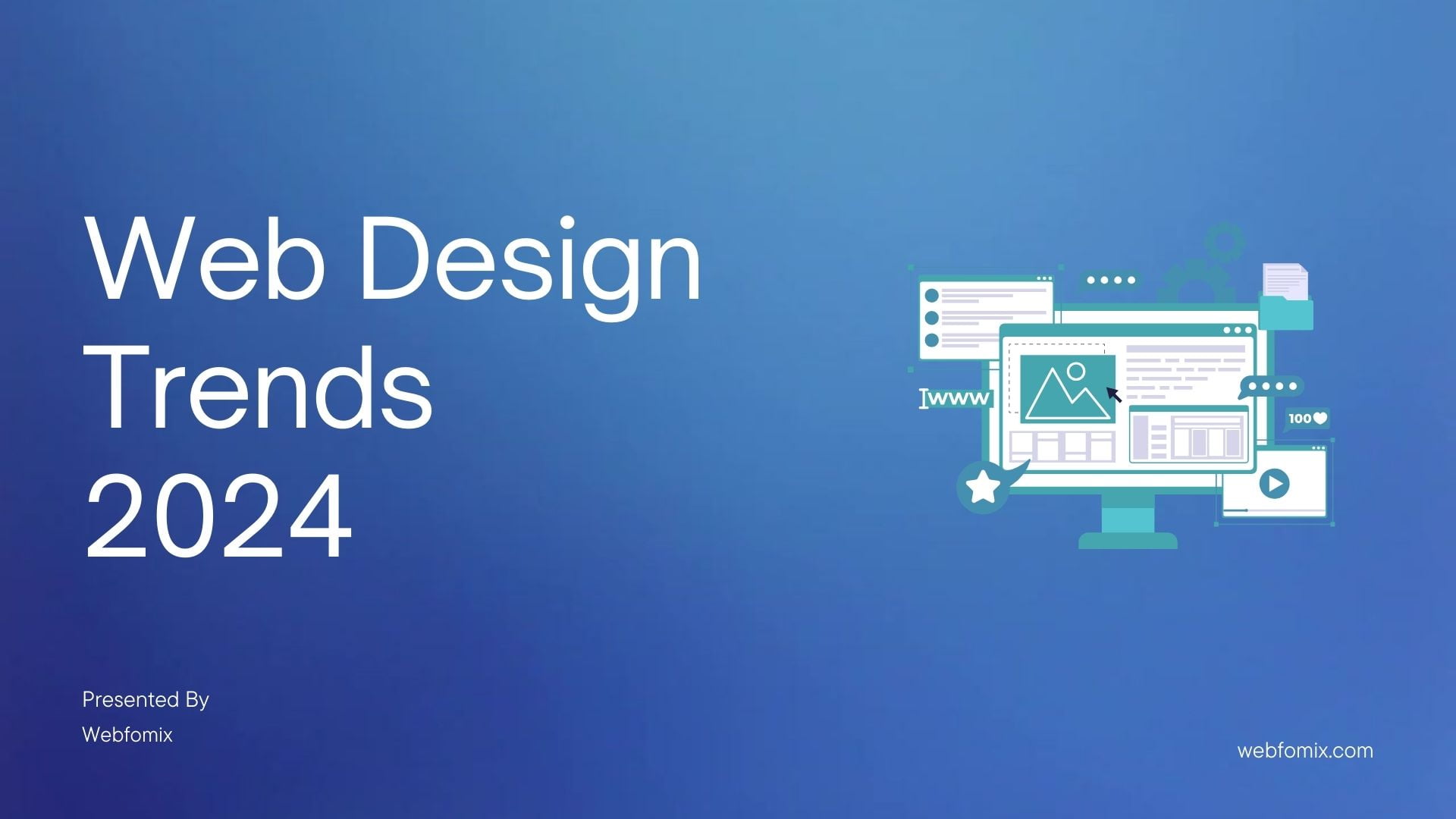Web design trends in 2024 is about embracing an evolution, a transformative shift where user experience takes center stage, and pixels pave the way for immersive journeys. It’s not just about aesthetics; it’s about forging connections, sparking emotions, and leaving an indelible mark on your audience. So, buckle up, design explorers, because we’re embarking on a deep dive into the ocean currents shaping the future of our digital experiences.
1. From Flat Screens to Sensory Scapes:
Imagine this: your website isn’t just a static picture, it’s a portal to another world. Micro-animations breathe life into elements, while 3D graphics and even AR/VR integrations blur the lines between digital and physical, drawing users deeper into your brand story. Imagine exploring a product in 3D space before purchase, or navigating a virtual gallery curated by your favorite artist. These immersive experiences transcend pixels, tapping into our senses and forging lasting memories.
2. Personalization
One-size-fits-all is a relic of the past. Websites are becoming AI-powered chameleons, adapting to individual users and their unique preferences. Algorithms analyze behavior to recommend relevant content, adjust layouts for different devices, and even customize messaging based on user demographics. This level of personalization fosters deeper connections, making users feel valued and understood. It’s like stepping into a tailor-made story, where every element resonates with your individual desires.
3. Accessibility Beyond Compliance:
Accessibility isn’t a checkbox; it’s the ethical core of design. Think beyond basic requirements like alt text and screen reader compatibility. Design with inclusivity in mind, catering to diverse abilities and needs. Consider color contrast for visually impaired users, keyboard navigation for those with motor limitations, and clear, concise language for audiences with varying language skills. This inclusive approach makes your website a space for everyone, breaking down barriers and creating a vibrant tapestry of diverse connections.
4. Sustainable Design
The climate crisis demands action, and the digital world isn’t immune. Embrace sustainable practices by optimizing loading times, reducing energy consumption through efficient coding, and choosing eco-friendly hosting providers. Consider using recycled materials for mockups and prioritizing ethical design that empowers creators and avoids exploitation. This conscious approach demonstrates your commitment to a better future, connecting with users who share your values.
5. Storytelling
Websites are no longer empty screens; they’re canvases for compelling narratives. Weave a story into your design, one that resonates with your audience and evokes emotion. Use visuals, copy, and even micro-interactions to guide users through a journey, leaving them wanting more. This emotional connection goes beyond fleeting trends, building lasting loyalty and brand recognition. It’s like whispering a captivating tale into the ear of your audience, drawing them into your world.
6. Micro-interactions
Small details can have a big impact. Subtle animations when hovering over an element, engaging scroll effects, and interactive content snippets all add a layer of delight and intrigue. These micro-interactions are like brushstrokes, adding personality and enhancing user engagement without overwhelming the experience. They’re the playful winks and nudges that make your website feel alive and invite users to explore further.
7. Data-Driven Design
Design without data is like sailing without a compass. Leverage analytics to understand user behavior, identify pain points, and optimize your website for maximum impact. Track user journeys, analyze click-through rates, and A/B test different design elements to see what resonates best. This data-driven approach ensures your design decisions are informed and effective, constantly evolving based on real-time user feedback.
8. Voice as the Future Interface:
As voice search and smart assistants become increasingly prevalent, voice-first design becomes crucial. Ensure your website is optimized for voice interaction, with clean navigation, concise content, and intuitive voice commands. This future-proof approach caters to the evolving way users interact with the digital world, paving the path for seamless, hands-free experiences.
9. Mental Wellness in the Digital Space:
In an era of information overload and digital fatigue, consider the impact of your design on user well-being. Prioritize white space, use calming color palettes, and employ design elements that promote focus and reduce cognitive strain. This mindful approach creates a digital sanctuary where users can find respite and engage with your content without feeling overwhelmed. It’s a gentle invitation to breathe deeply and connect with your brand in a safe, harmonious space.















